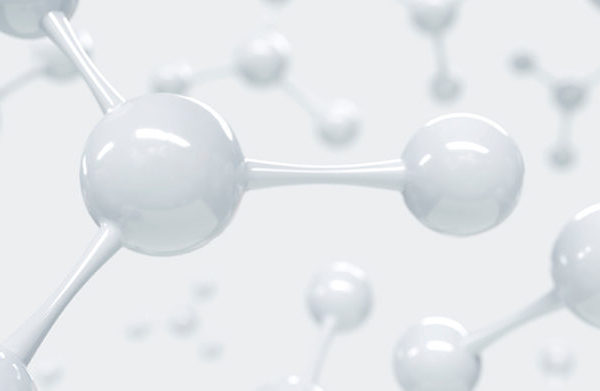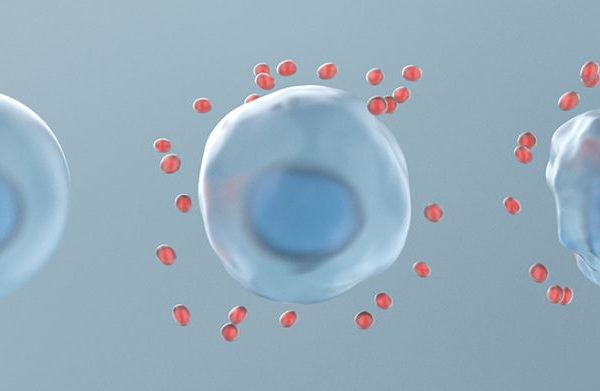
SHA Magazine Health & Beauty
Menopause and hormones: What treatments exist for menopause symptoms?
“I’m so hot… I think I just had my first hot flash,” actress Drew Barrymore said on live TV as she took off her jacket. She did it between laughs on a television show while interviewing Jennifer Aniston and Adam Sandler in a gesture to help normalise menopause. When it passed, Jennifer Aniston offered to help her put her jacket back on and put on the microphone. “Oh, I’m so honored,” Barrymore said. She had documented her first hot flash to the world. A natural circumstance that for centuries women have hidden because it carries stigma and shame and is associated with ageing and the loss of beauty and energy.
Officially, a woman enters menopause when she has not had a menstrual period for twelve months. Things happen along the way: variations in menstrual flow, hot flashes, hormonal changes, weight fluctuations, feelings of exhaustion, mood swings. Everything is natural, but for many years women have endured the symptoms in silence, which is why Drew Barrymore’s gesture is so valuable to millions of women.
A hot flash is a wave of heat that begins in the arms, upper chest, neck and head. The body is hot to the touch (in fact, Adam Sandler himself held Drew’s hand during the hot flash and could see how hot it was). Between 50% – 75% of women can experience them at some point during the entire menopausal process and, for some women, they will be mild and not bothersome. Yet, for others a true ordeal.
Although it is not well known why they occur, it seems that hot flashes are related to the perception of the outside temperature. Two hormones produced by the ovaries, estradiol and progesterone, may play a role because they have important functions in the brain and could explain this hyperreaction to small changes in temperature.
Menopause generates a hormonal revolution: less and less estrogen, and progesterone are produced and androgen production rises. The nutritionist Marta Marcé states in her book Enjoy Your Menopause (Encourages Editorial, 2023) that it is common to notice weight gain without having changed diet or physical activity. “Just as during our fertile stage – due to estrogens- women with a pear-shaped body composition tend to accumulate more fat in the hip area, in menopause it is easier for it to concentrate in the area of the hips and abdomen, adopting the typical apple shape. This is a profile of fat accumulation more common in men, due in part to the hormonal change, whereby estrogen loses influence and other hormones, such as androgens, dominate more of a masculine type”.
“The drop in hormones is noticeable because we are more nervous, and for example, hair and skin look more fragile. Cholesterol begins to rise, and fat begins to accumulate where it did not accumulate before. In men, libido decreases, in women there is vaginal dryness and lack of sexual desire”, sums up Dr. Rafael Navas, an expert in Integrative and Hormonal Health at SHA Wellness Clinic.
Estrogen is the leading hormone in the fertile stage of women, and it acts on a myriad of organs and tissues that will change when their production is reduced. For example, in the hypothalamus and pituitary gland, estrogens act as energy signalers. If we have high estrogen levels our metabolism is more active, we have more energy. The drop in estrogen sends a clear message to the central glands: energy is lacking, so metabolism must slow down. With a slower metabolism, the same results will not be achieved with the usual diets or exercise routines. Gaining weight and not finding a solution is one of the most frustrating experiences for women at this stage.
The skin and mucous membranes are two of the great sufferers of hormonal change. The decrease in estrogen and progesterone impacts the elastic fiber and collagen. The skin becomes thinner, drier and shines less. Everything is tighter: the eyes, the mouth, the vagina, and it is explained by the lack of lubrication. Bones become more fragile and cardiovascular risk rises as estrogens protect the heart during the fertile period.
But is it possible to go through menopause in a lighter way? Are there safe and available treatments to minimise these symptoms?
“Hormones play a very important role in balancing the body, the nervous system, the mind, the skin, as well as cardiometabolic health and also sexual health,” explains Dr. Navas, who recalls that from the age of 35 – 40 all hormones begin to drop in both men and women.
Hormone replacement therapy is one of them. After being questioned about its impact on breast cancer risk in the 1980s, it returned with the safer bioidentical hormones, with the promise of alleviating some symptoms of menopause. “The synthesis of bioidentical hormones is produced through vegetables and plants; its formula is analogous to that of human hormones. They are not equine estrogens as was the case in the 80s, and liver passage is avoided because we do not take it for granted. Orally, but we do it through the skin”, explains the doctor.
Before deciding on hormone replacement therapy, you should get a genetic test analysis, check the low-grade inflammatory state and digestive health and balance the body. “When we make sure that everything is fine, we will indicate the appropriate bioidentical hormones in a cream formula once a day, a topical application in a place of the body where there is no hair, or also through pellets. The effects will begin to be noticed from the first month”, confirms Navas, who recalls that hormonal health must be addressed in a comprehensive manner “to try to optimise the analytical parameters of a patient, and obtain the best possible basis to apply a treatment”.





